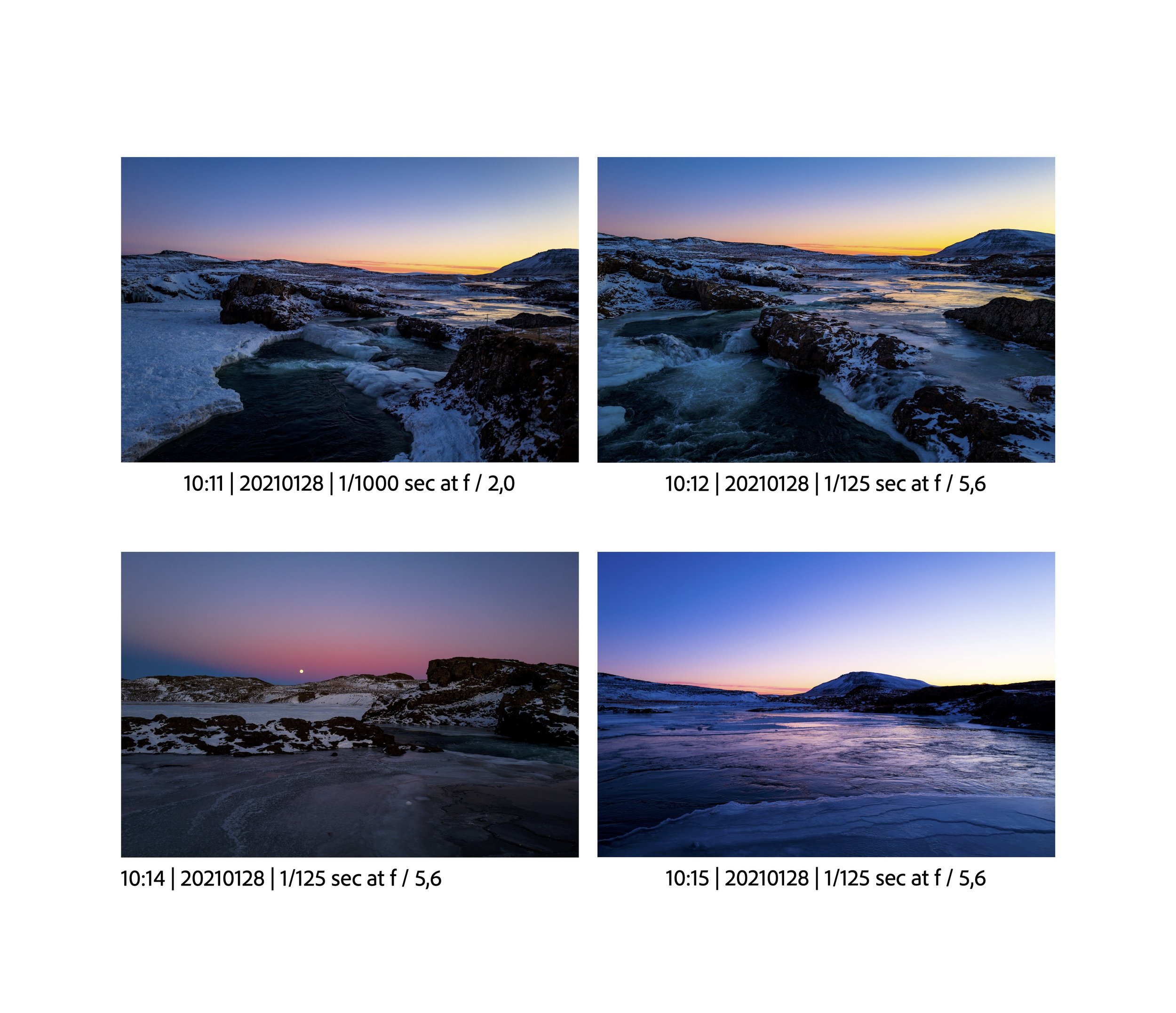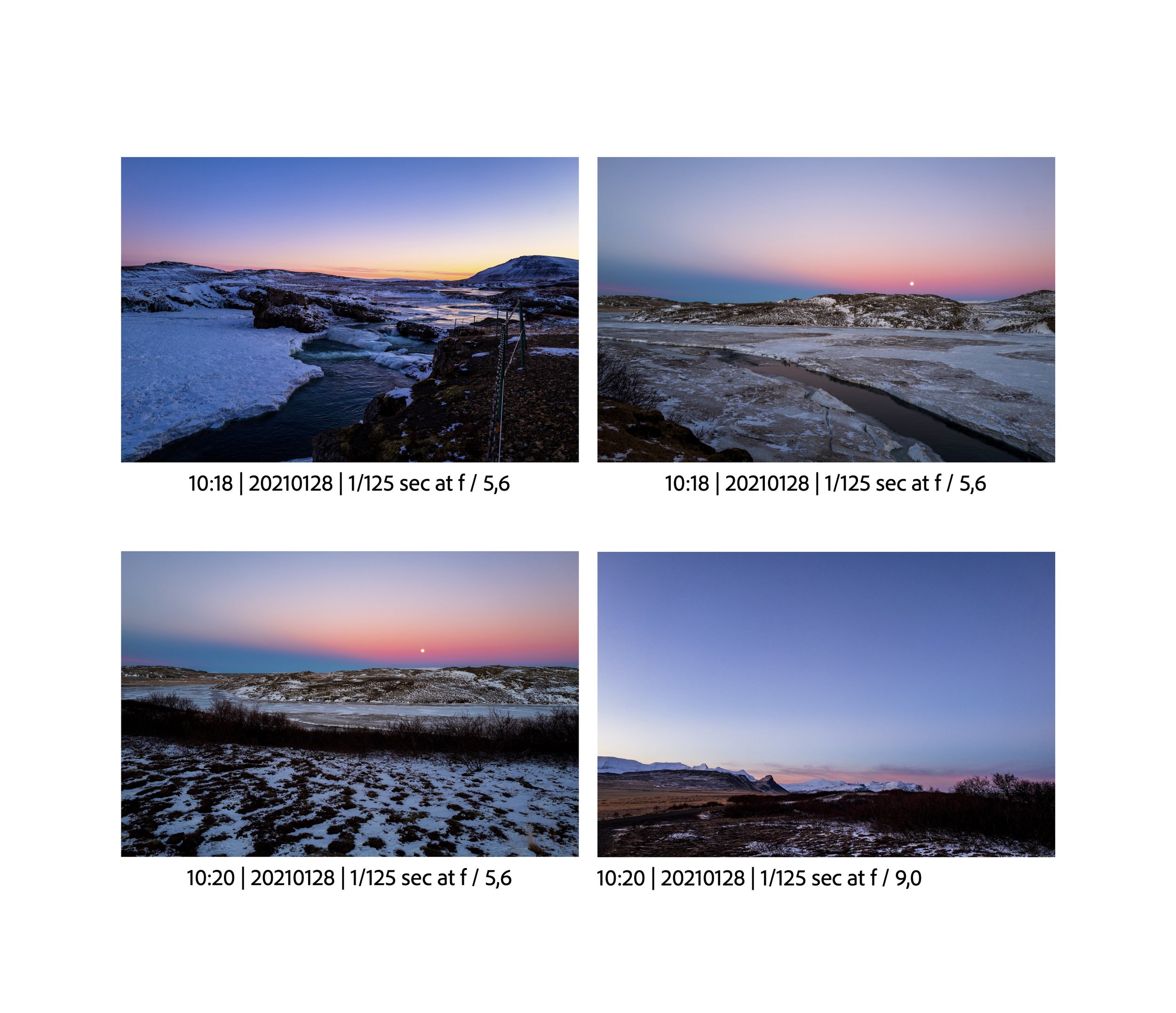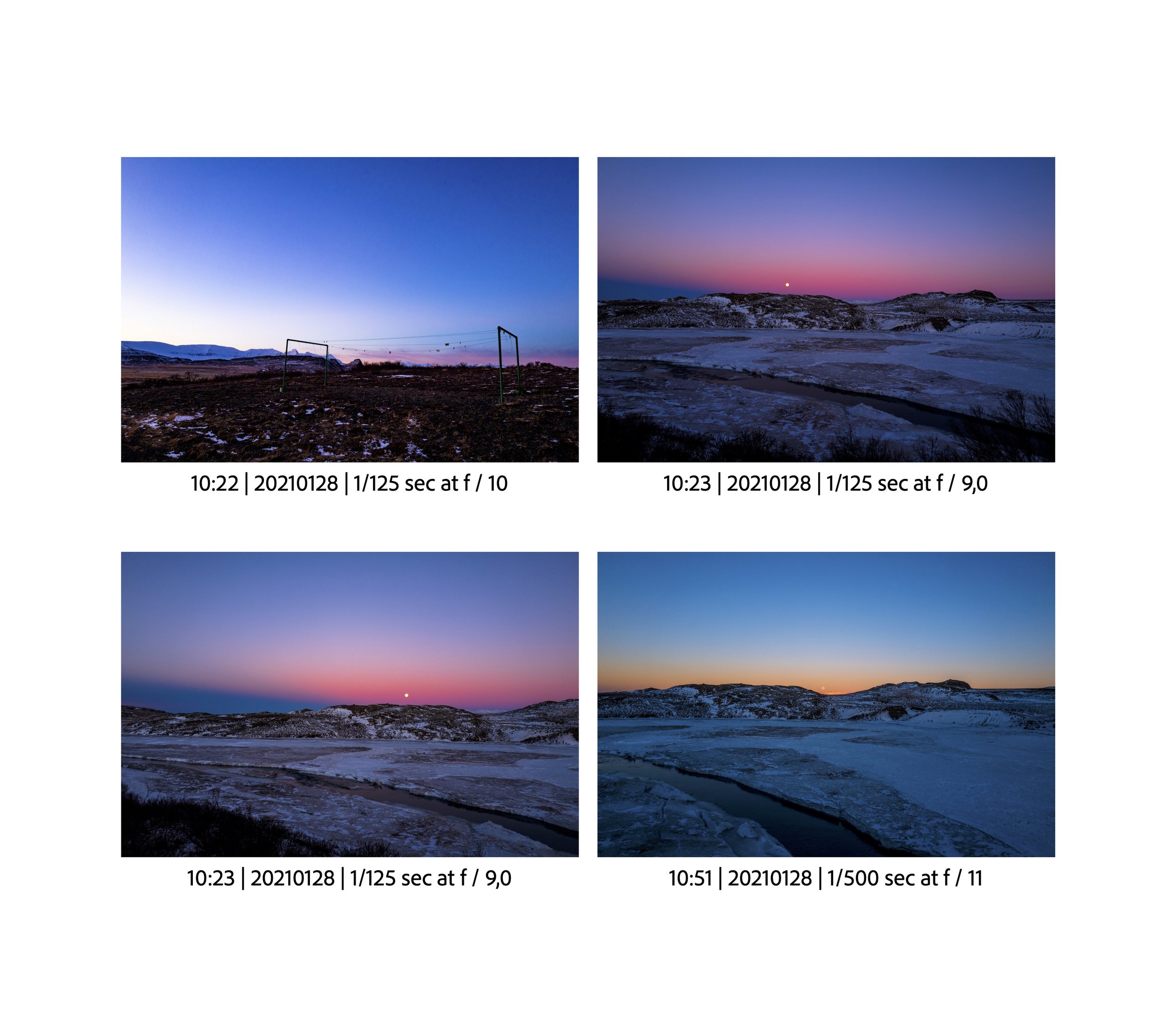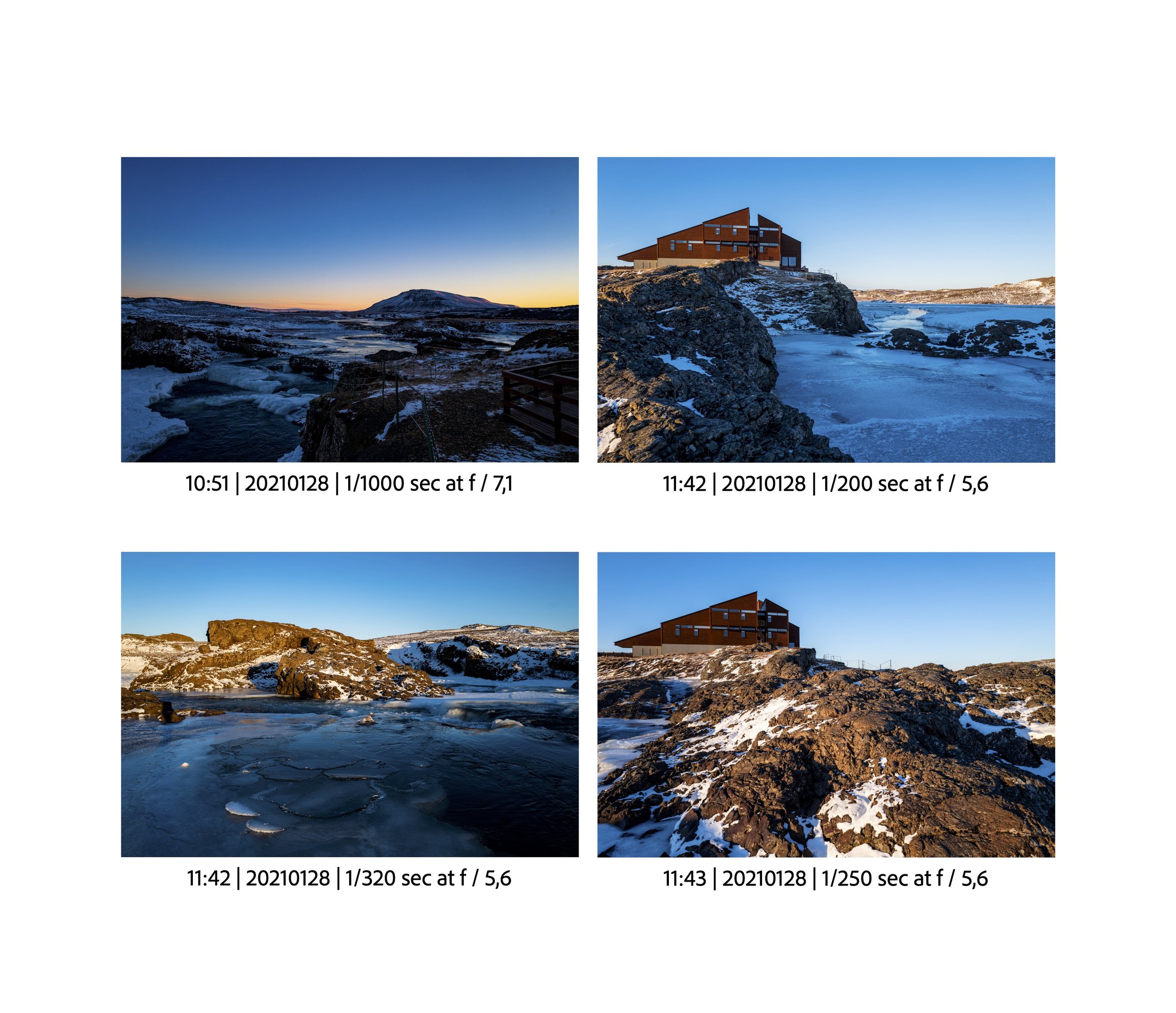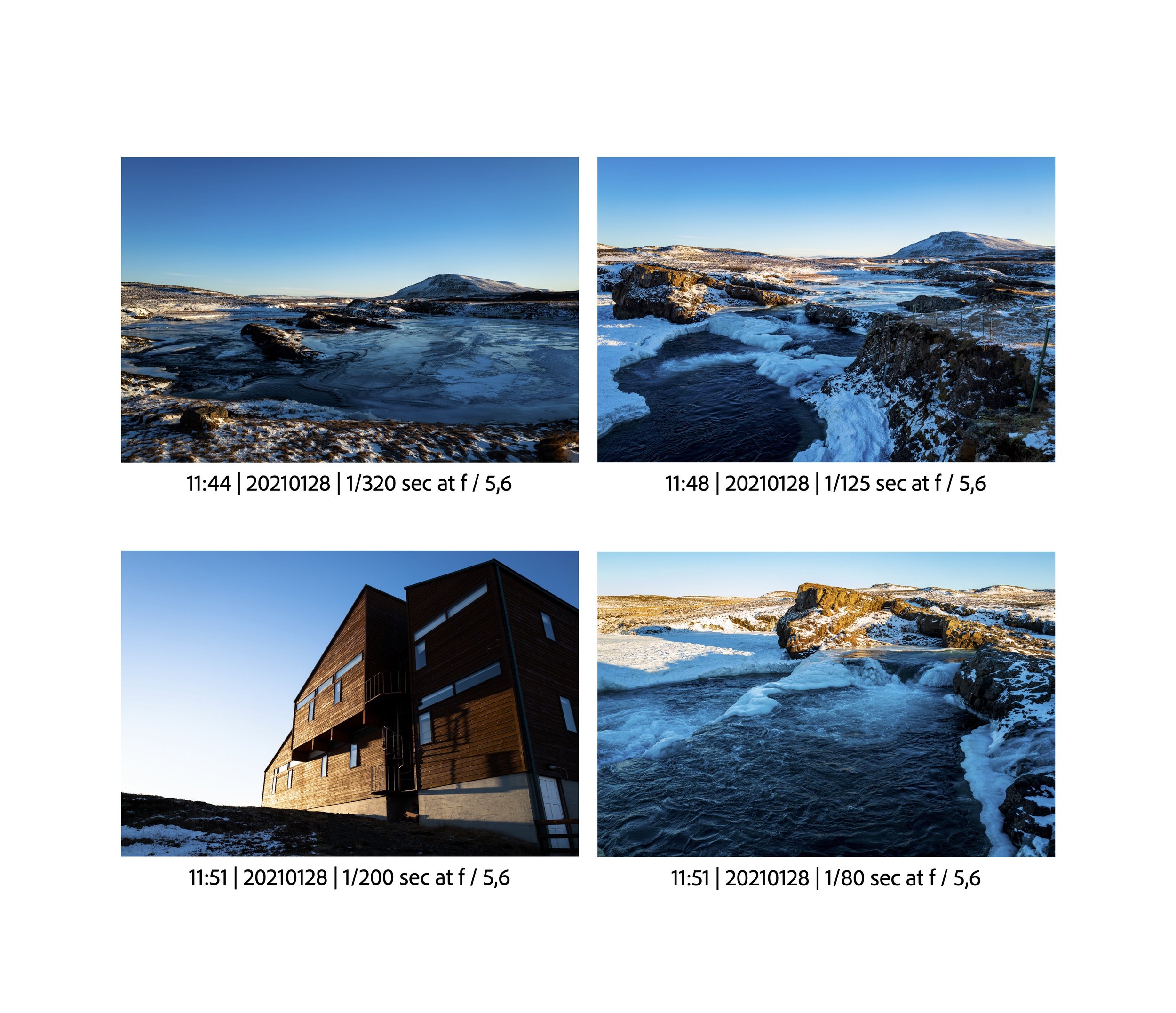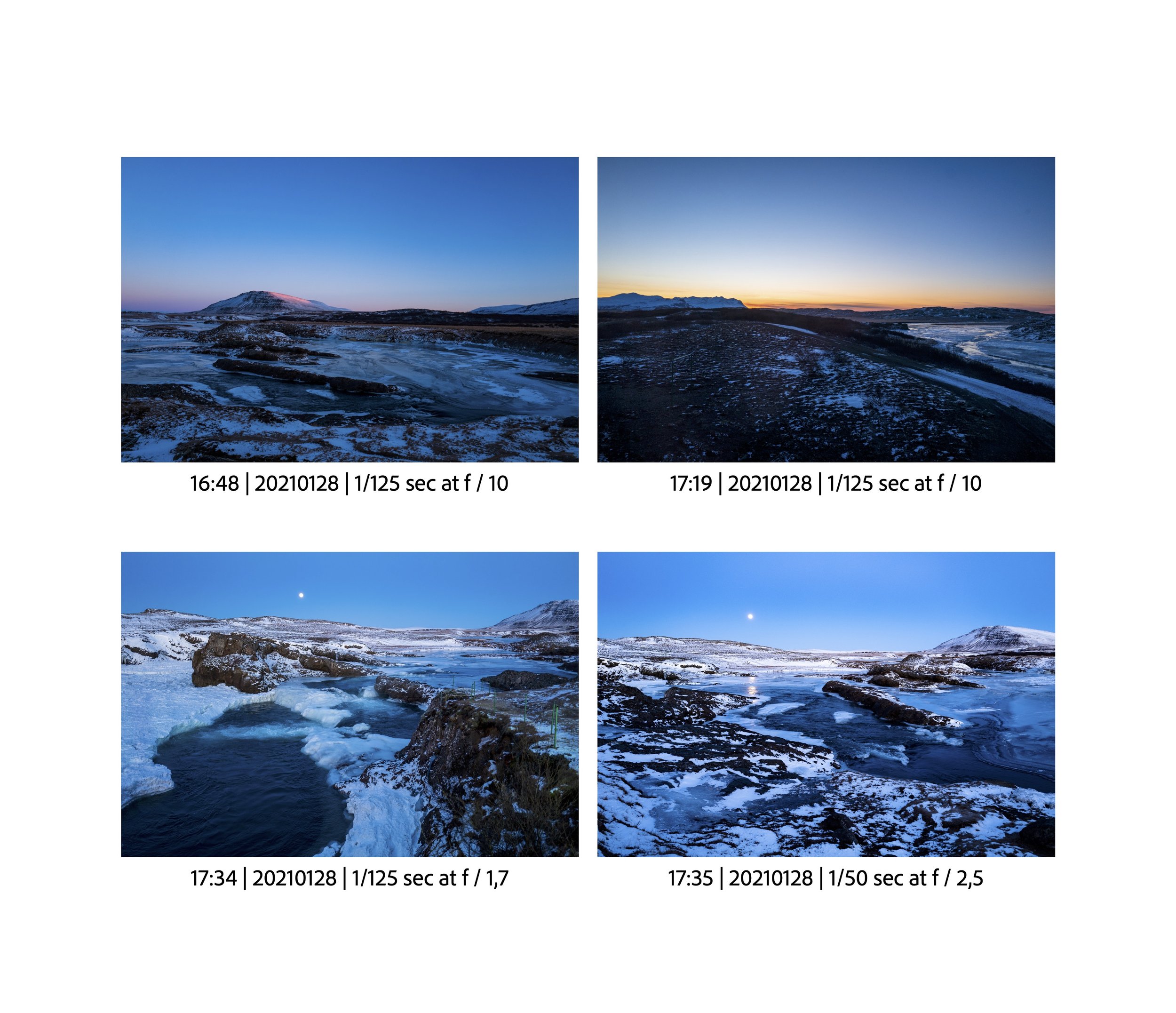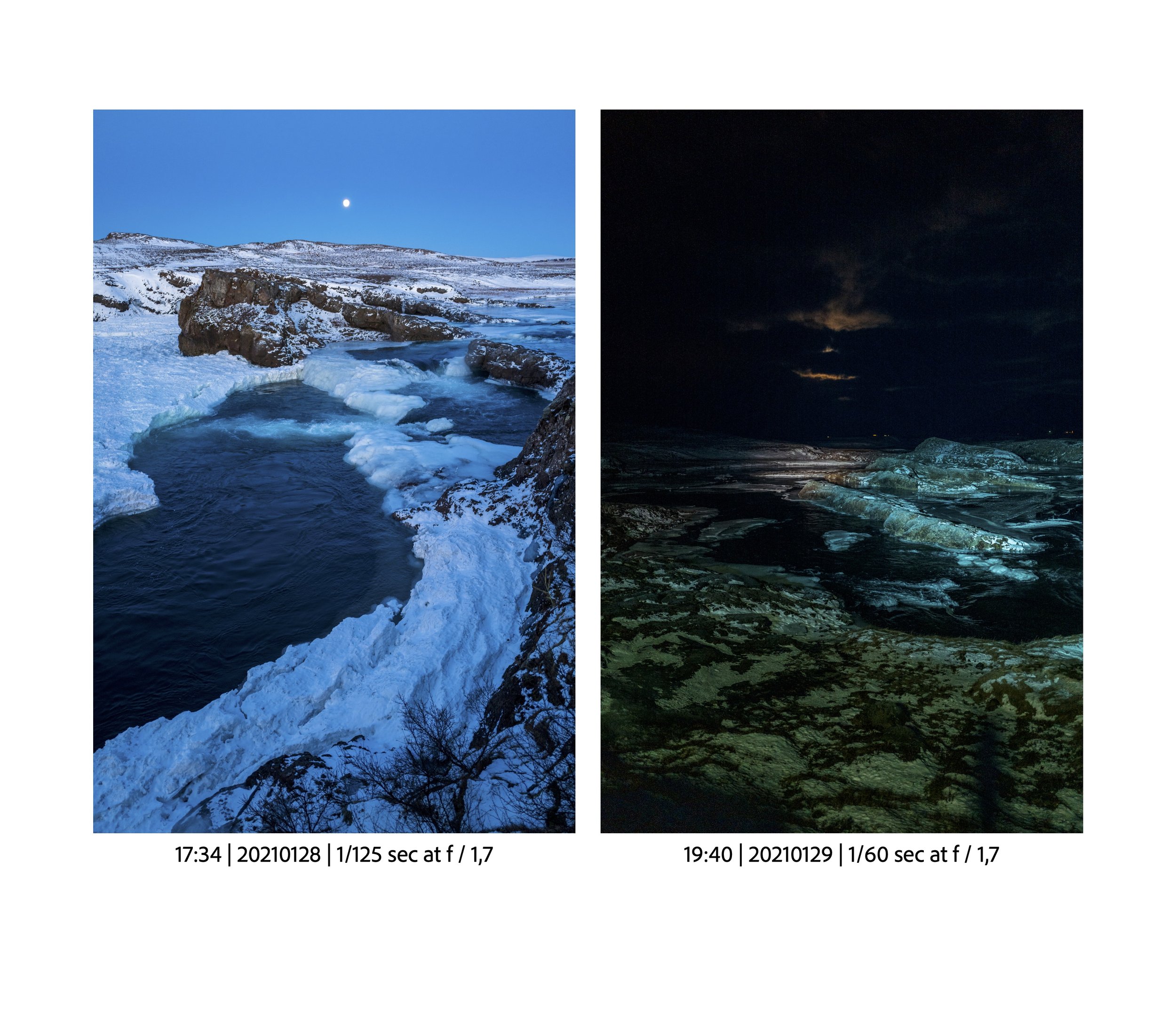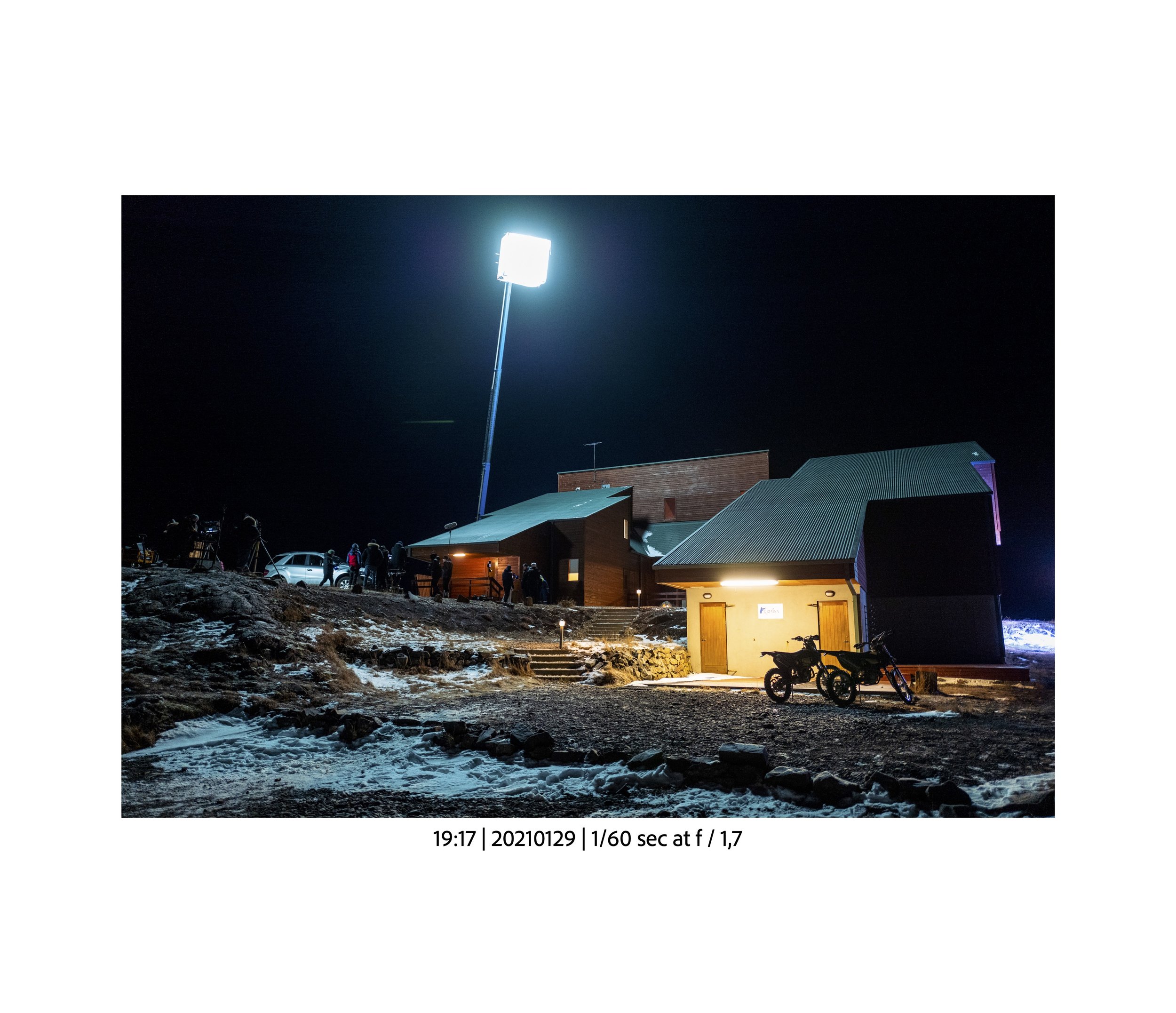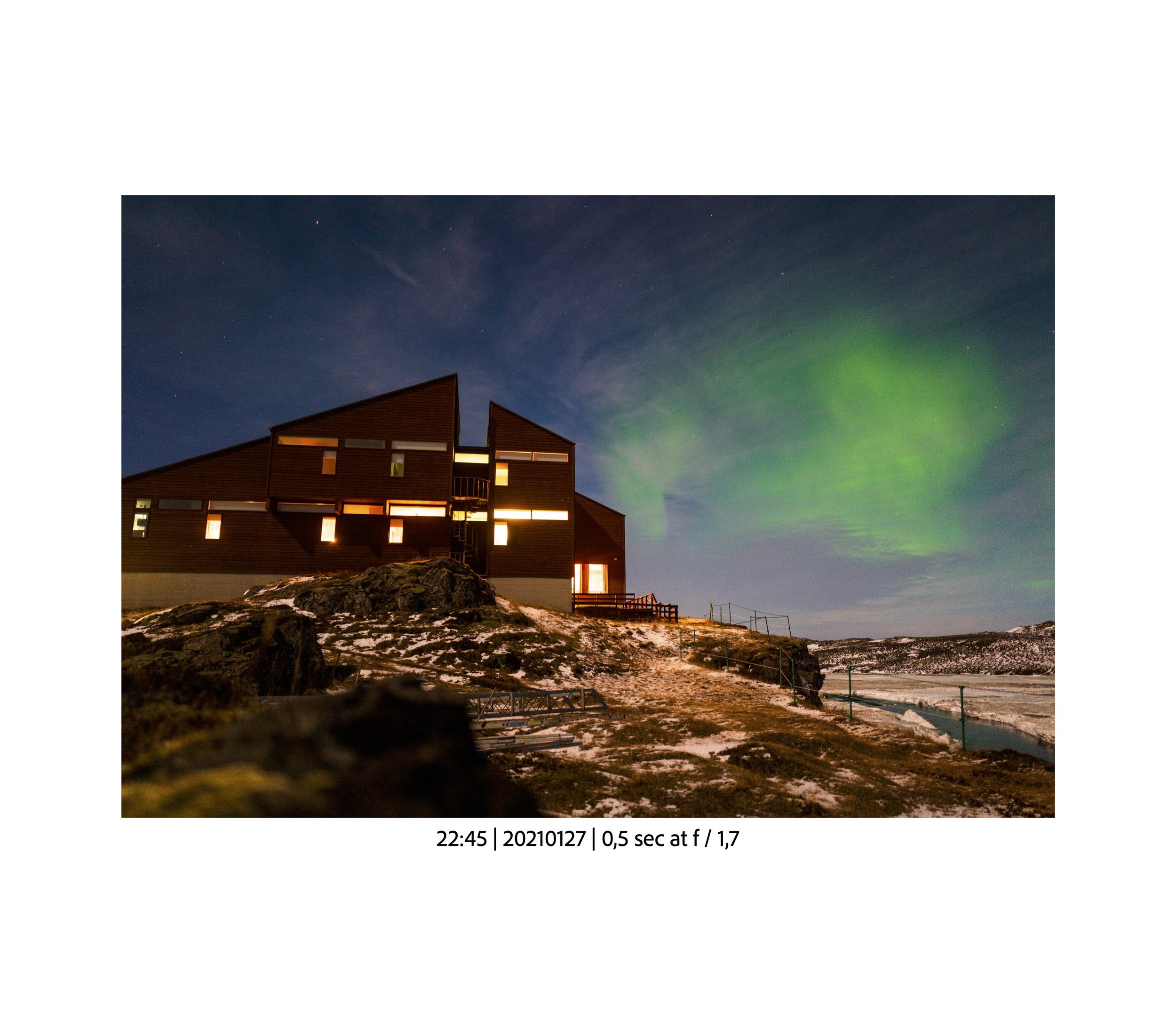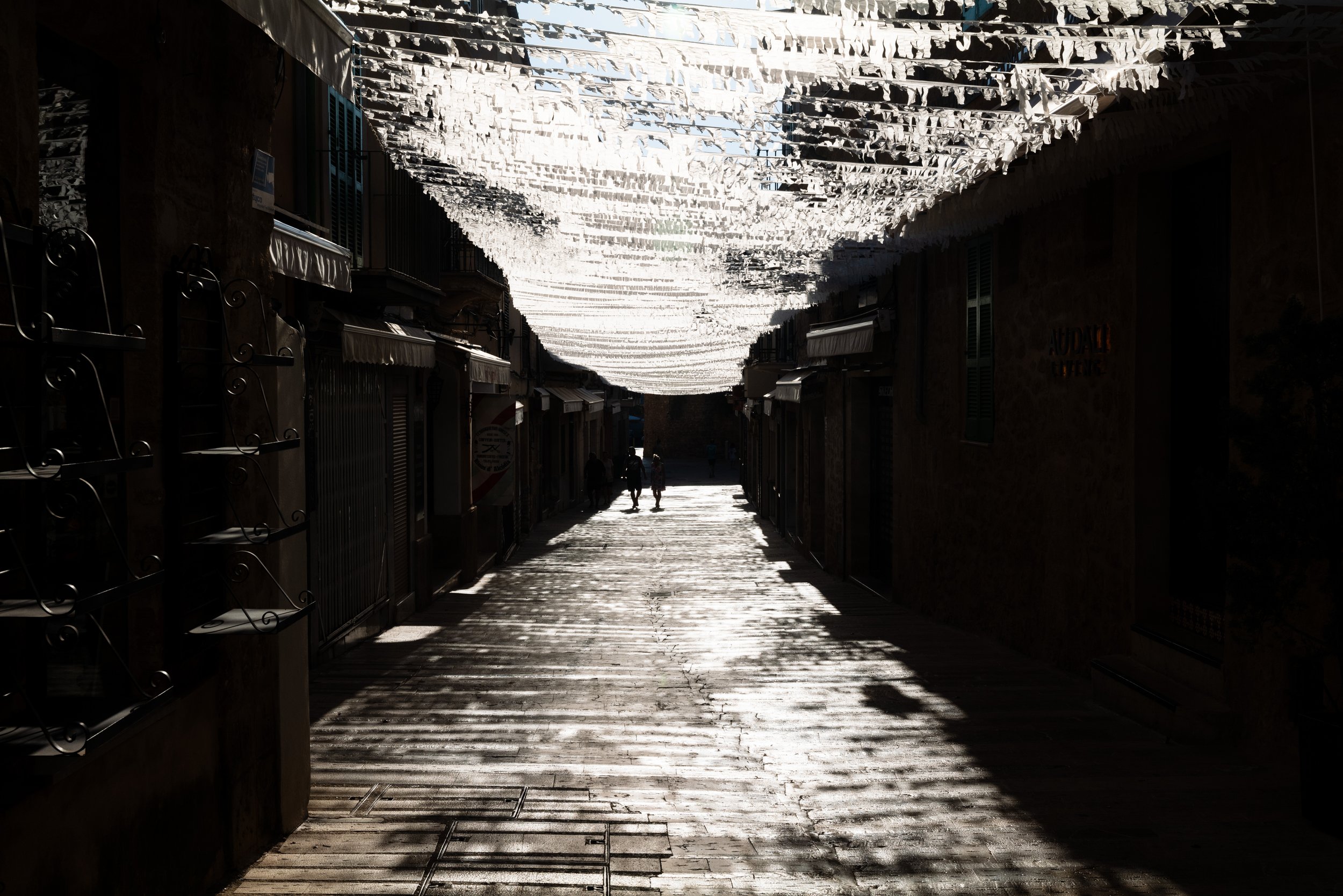
VISUAL Diary
An attempt to subvert social media and stay in touch with those around me. Remember when Instagram was for sharing photos?
182
f9 | 1/640 | ISO400
Perk of Work
I am working on a project that is on a property with a beautiful greenhouse. I’ve always admired that trend of photographs of glass with condensation and flowers, showing the life that they contain within. This was at the end of a day of making set decorations and the sun was just perfect. Really nice way to take in a coffee.
179
22:40:27JAN:2021-19:40:29JAN:2021
The following photographs were taken over a series of walks around the grounds of a fishing lodge in Iceland. The lodge is situated in the countryside to the north of Reykjavík, about three hours drive away. Taken about a month after the winter solstice with a full moon, the light is all twisted around from what would be a normal winter landscape in any other location not so near the arctic circle.
Study 1.0
Is it boring to see the same photograph (more or less) over and over again? I once read about a school in Germany where the students are required to photograph the same subject for an entire year. Whether this method is similar to Bernard and Hilla Becher’s studies, or if it came from The German School of Photographers, I’m not sure, but this always fascinated me as a concept. I felt that the purpose of this was to slow your work down and make sure that you are considering all versions of the same subject before deciding what to present to the world. But what happens when all versions of the subject become as interesting as the a single version? Is there a holy concept that forces the artist to present one single photograph? What if the light is as much the subject as the landscape?
Terminator
A terminator or twilight zone is a moving line that divides the daylit side and the dark night side of a planetary body. The terminator is defined as the locus of points on a planet or moon where the line through the center of its parent star is tangent. An observer on the terminator of such an orbiting body with an atmosphere would experience twilight due to light scattering by particles in the gaseous layer.





